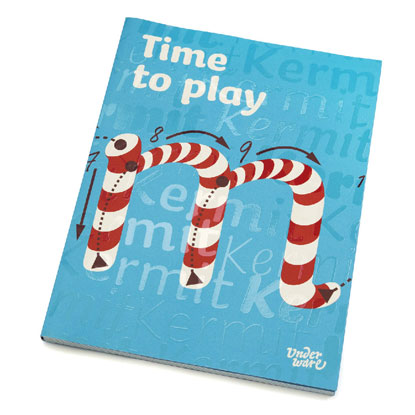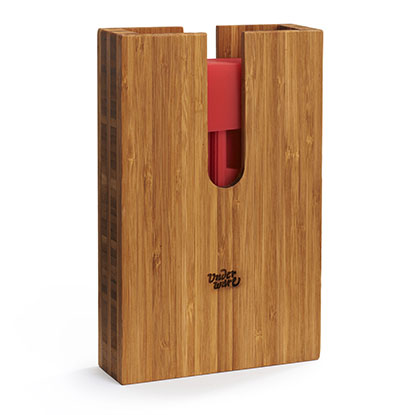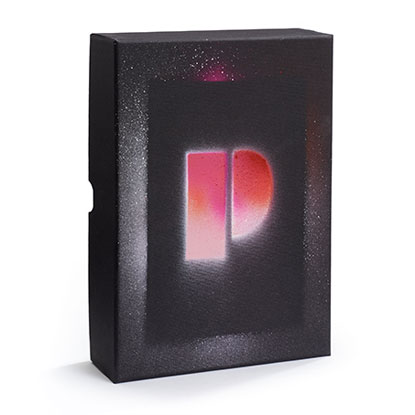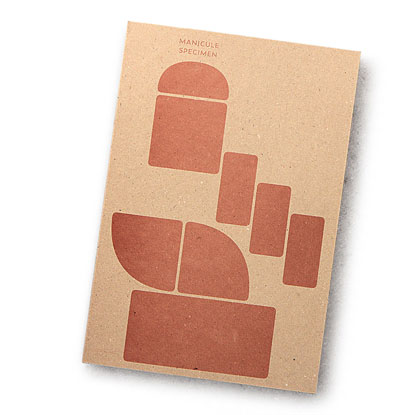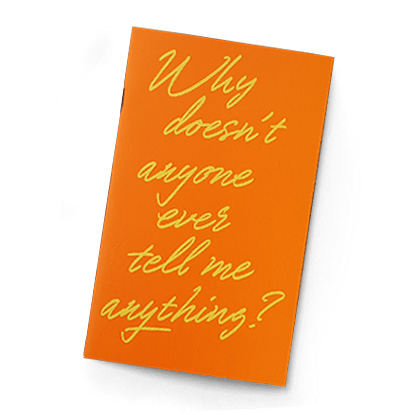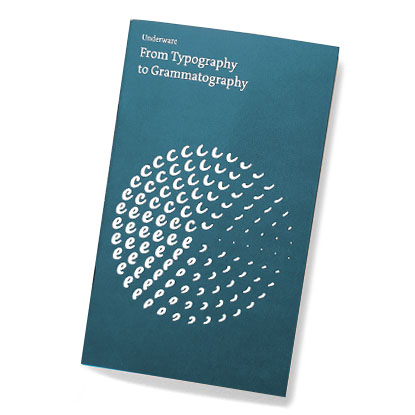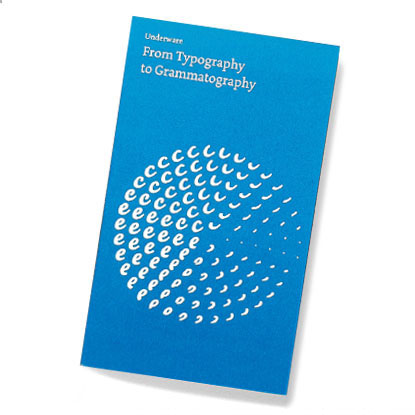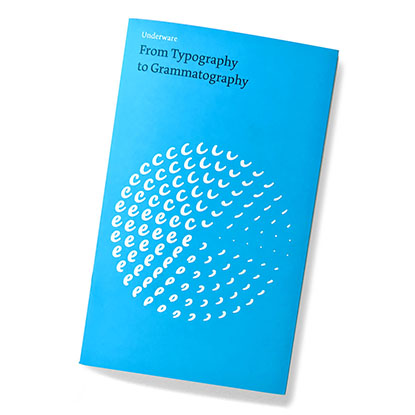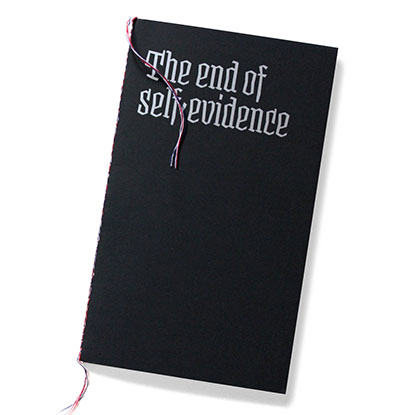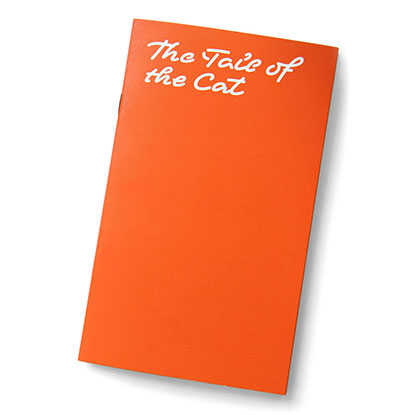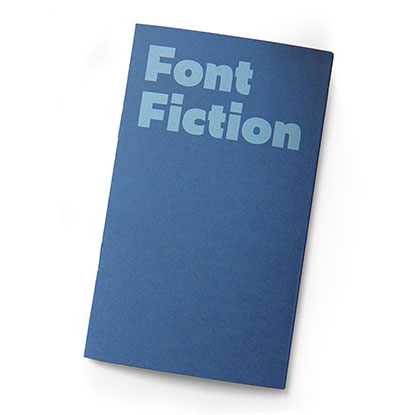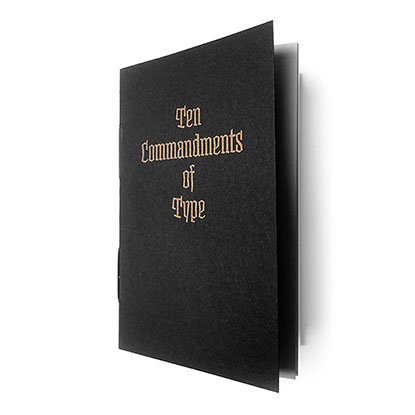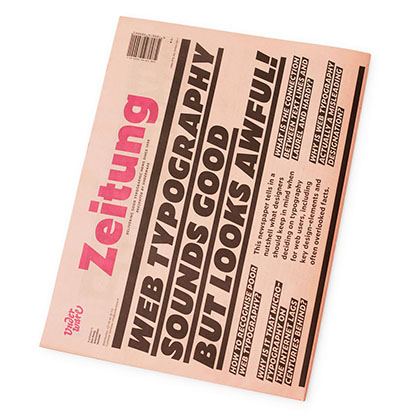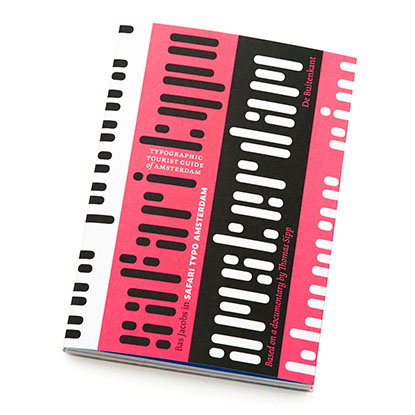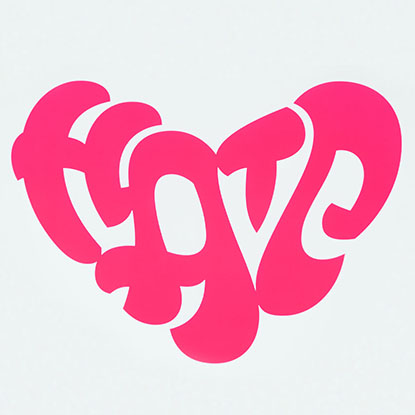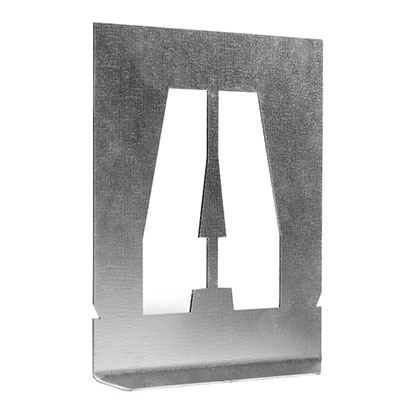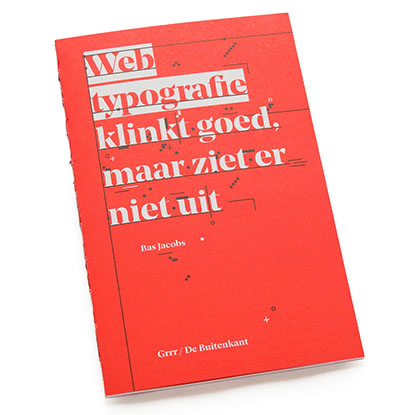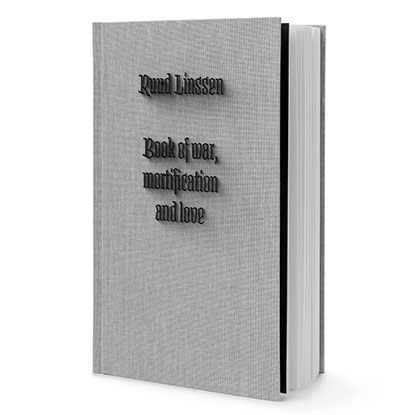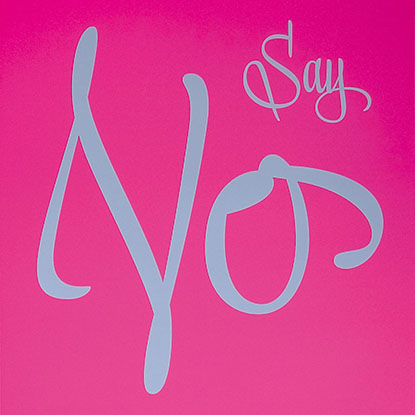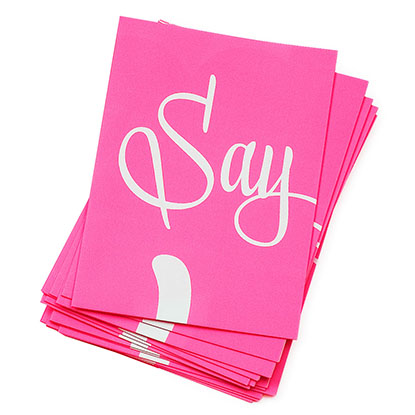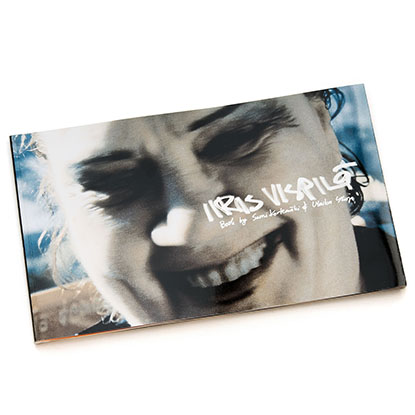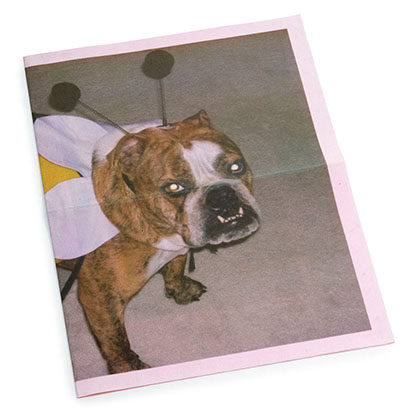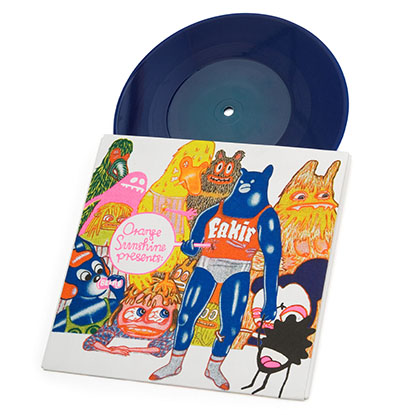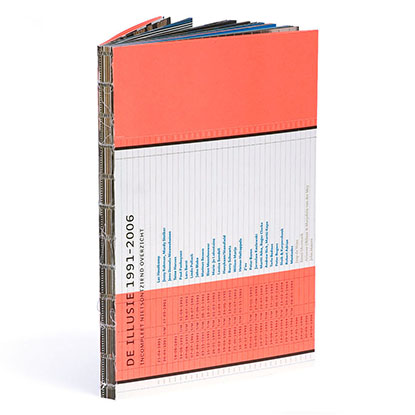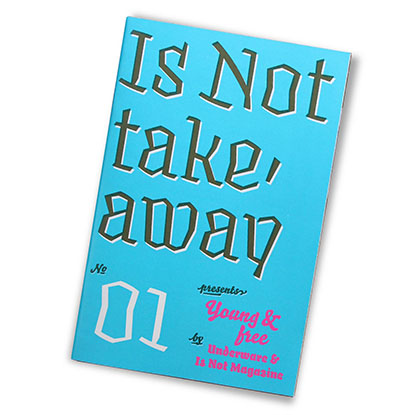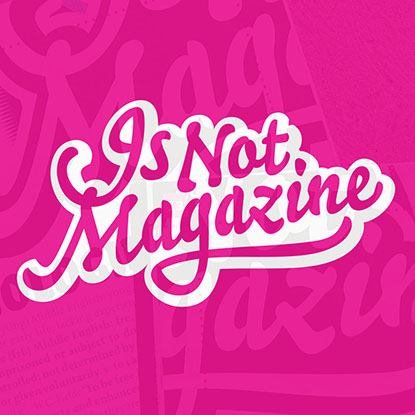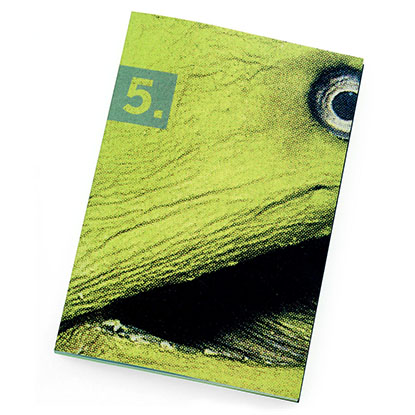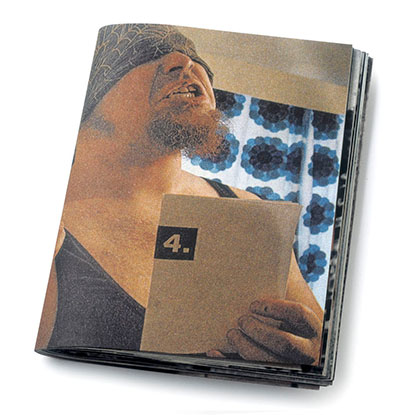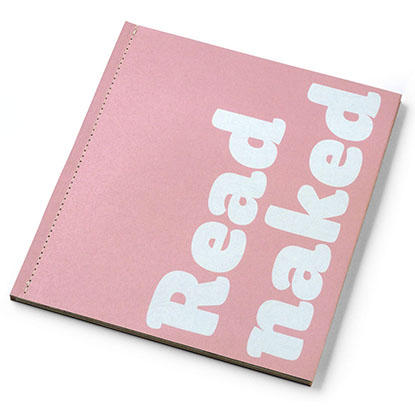Step 4 — Turning blood into ink
It's a long road, packed with failed experiments, to turn human blood into (offset) printing ink.
The big hindrance: blood is based on water, while offset ink should definitely be based on oil. Once the ink holds water, the whole offset printing process is over and done with.
Way to go
After teaming up with dozens of ink experts, chemists and physicians, we ended up in a laboratory freeze-drying the blood. Freeze-drying turned out to be the best way to remove all water from the human blood. The remaining material after lyophilising is powder; pure blood powder. Honestly, this impressed us a lot. We couldn't imagine that to be possible. Once you've got blood as powder, it's relavitvely easy to turn powder into oil-based offset ink.
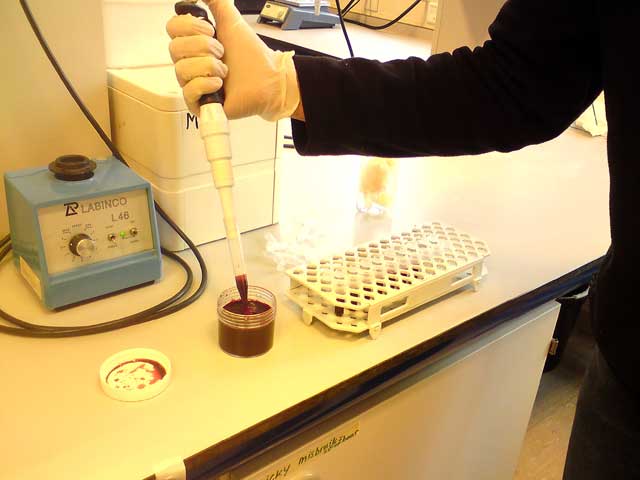
Some pics of the freeze-drying process in the lab. Starts with liquid blood, ends with pure powder.
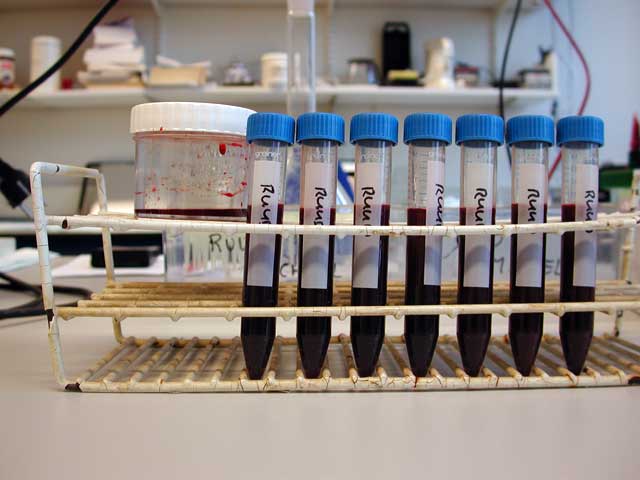
Preparing some blood for freeze-drying.
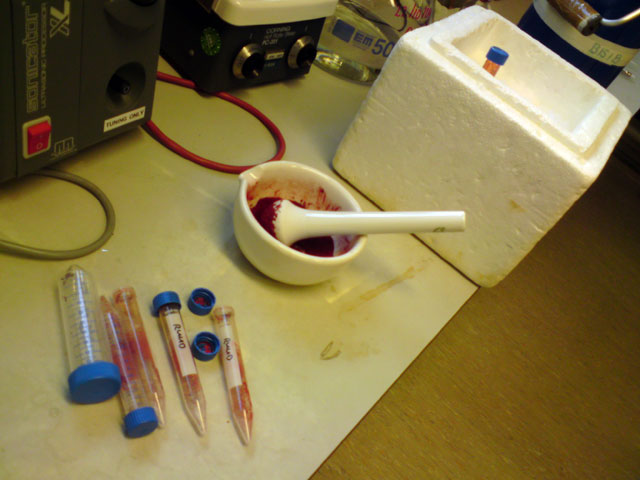
Magical moment. After months of experimenting we finally removed all water from blood. Powder!
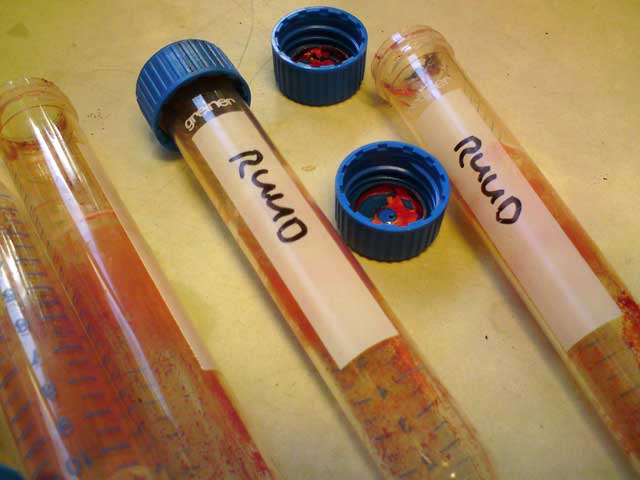
As the physician asked: 'Does this Ruud actually knows he turned into powder now?'
Not the way to go
Printing with blood is not a paved way, and requires stupidity and failures. It's a considerable journey. It also wasn't the line of least resistance, which probably fits for a book about voluntary suffering… Before freeze-drying, several other ways have been researched. For example: using an emulsifier seemed to be a reasonable solution in first instance. An emulsifier can disperse water in oil. Additionally the blood-ink needs some varnish, transparent ink, regular ink or linseed oil or a combination of these. That somehow works, but ain't totally convincing. Also dry-freezing looked like a realistic option, but it is actually only a nice way to bugger up blood. Dry-freezing ≠ freeze-drying. Brrr.
These pictures give an impression of some failed experiments:
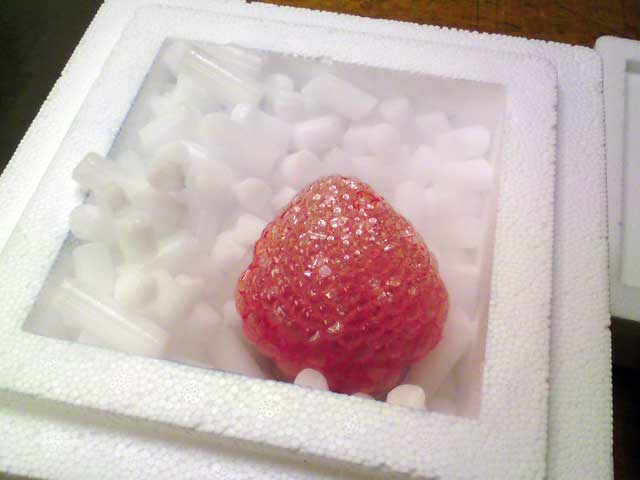
Oh la la, after a little mistake –dropping a block of dry-ice into some blood– the blood starts to grow like a strawberry.
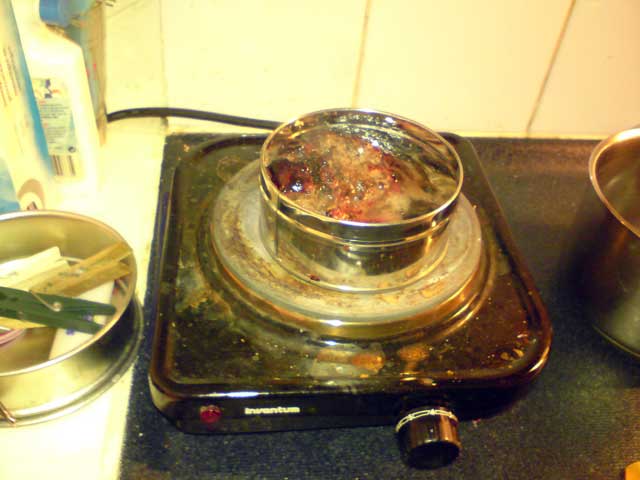
When you're totally desperate you start to boil blood, trying to remove the last bit of water.
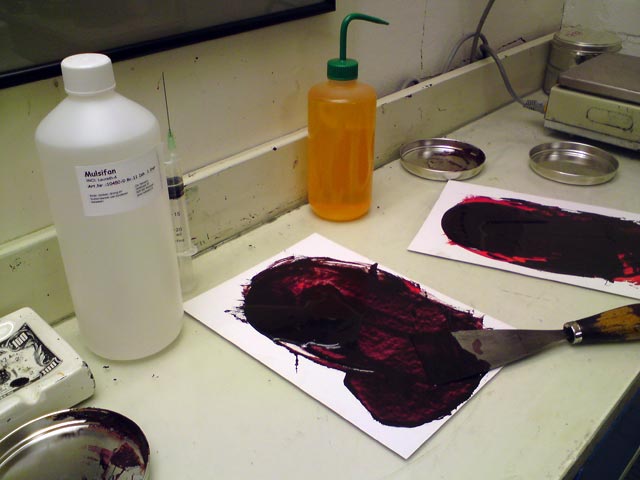
Mixing the dried blood with emulsifier and linseedoil.
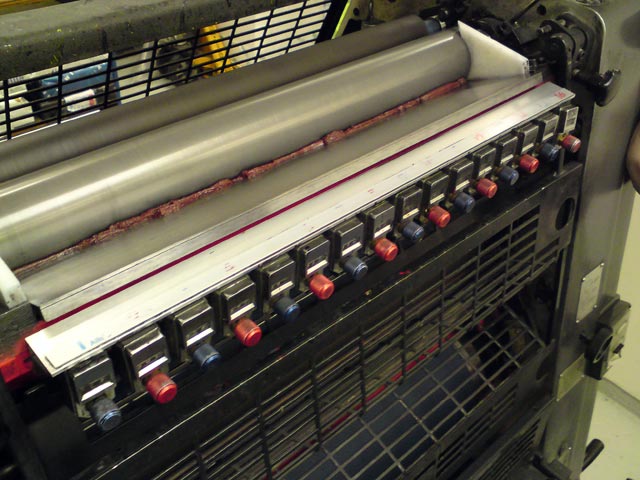
Optically this gives a nice ink. Making a test run on the offset press learned one lesson: the printed sheet was totally blank. This ink might look and feel nice, but is totally useless. More research needed. Argh.
As we unfortunately couldn't find anyone who had done this before, it seemed to be necessary to muck about with blood ourselves. We didn't find any historical predecessors, except for vague announcements like 'this book will be printed with blood'. And then they probably got stuck in the physical process of producing the offset ink. Now we understand why. It's not an easy nut. The only historical forerunners of books in blood we encountered are all based on calligraphy instead of printing. And hey hey, that's easy!
Now that we know how to make the ink, it's time to start the printing press.





